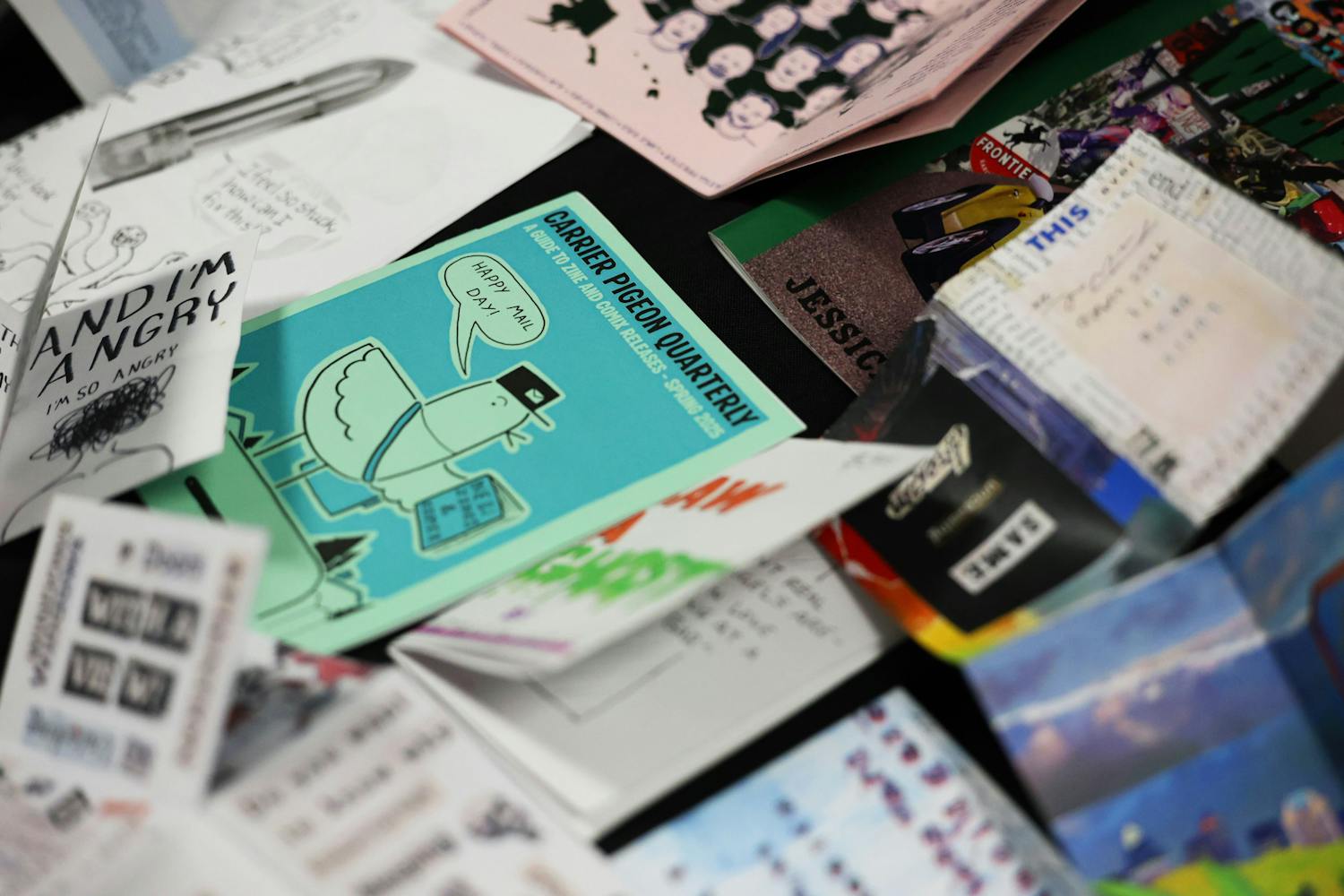Every Monday, I sit without fail at the same seat in the same coffee shop. Muffled conversations about people I’ve never met and things that have never happened to me run on repeat. Familiar baristas blend iced drinks and take orders with studied efficiency. The music selection is good and I order a new black coffee almost every three hours. I go early in the morning if I can.
I go to coffee shops for the mood, hoping to leech off the productivity generated by employees working in tight quarters. Sitting in coffee shops, there is a thin line between productivity and play time.
While business men and women arrive desperate for caffeination so they may face the grind with more ease, I sit rather leisurely. All of a sudden, my coffees feel like a privilege — a choice and not a necessity.
The ambiance at my favorite shop can sometimes be too abrasive for my liking: blenders go for too long, the air conditioner can run too low and customers can feel too much at home. Nevertheless, I go to coffee shops because they provide human presence in a way I wouldn’t have if I were working at home.
Greg Lindsay, who wrote a New York Times op-ed last Friday, might say that coffee shop-goers are trying to engineer our own serendipity, a phenomenon closely related to creativity. The people we encounter when we are out and about could spark a breakthrough. He references a paper published right here at ASU that suggests people feel “most creative on days spent in motion.”
When I work at my favorite coffee shop, I am inserting myself in a place of movement, even if my mind itself feels subdued.
There’s something to that. To say that cafés have played a role in contributing to a culture of creativity would be an understatement.
Impressionist painters Edouard Manet, Edgar Degas and Vincent van Gogh all made Parisian cafés subject matters, seeing in them a kind of magnetic vitality. Perhaps van Gogh’s most well-known homage to coffee shops is “The Café Terrace on the Place du Forum, Arles, at Night,” which shows the patrons the artist keeps close enough for company, but far enough to maintain his anonymity.
Ernest Hemingway wrote about a café in Paris called La Rotonde that was also frequented by writers T.S. Eliot, Gertrude Stein and F. Scott Fitzgerald.
Coffee shop-goers view these spaces as surrogates for productivity. They are projections of a fruitful creative mind, the inner workings of an imagination high on energy embarking on full momentum. A full coffee shop is what we want our minds to look like: busy yet ordered, chaotic yet well-synchronized.
People work at coffee shops because we’ve inherited this practice from the likes of Eliot, Stein and Fitzgerald. We emulate the greats, hoping it puts us in a better position to be great. To work in a coffee shop is to participate in an artistic tradition put in place long before there were Starbucks or mocha frappés.
A coffee shop provides a sense of play that can make work feel less like toil. Patrons can lounge or people watch. A table full of friends laughing lightens my mood, while a couple on a first date makes me smile.
I live vicariously through their carefreeness as a removed third party, and it refreshes a mental landscape once cluttered by perceived shortcomings.
Coffee shops provide relief when productivity is at a standstill. Working in them is a point of willful distraction: One is less likely to feel like she is leading a lackluster life, when she is among the company of others’ conversations.
A busy chatter here and a coffee drip there. I feel as if I am the reference point for all motion. The hustling of early-day workers and the quick exchanges between employees and customers. And all of a sudden, my mind has found a reason for clarity and a time to stay perfectly still.
Reach the columnist at ctruong1@asu.edu or follow her at @ce_truong.



